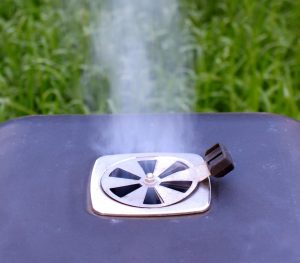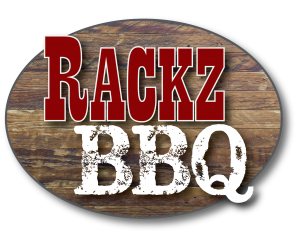
BBQ Smoked Meats 317-688-7290
They are two primary methods of smoking foods: cold smoking and hot smoking. Both methods add tons of flavor and offer loads of benefits, but each in their own unique way. Continue reading to learn the major differences between hot and cold smoking, as well as some common knowledge regarding methodology and more.
Cold Smoking Meats
Cold smoking is a method of food preparation that infuses foods with smoky flavors and preserves them without cooking them or using heat. Average temperatures used in cold smoking environments range between 80 and 90 degrees Fahrenheit. Cold smoked meats are known to deliver a highly flavorful, saltier, dryer, and less tender product. This result makes it a perfect cooking technique for hams, sausages, bacon, salami, prosciutto, and other types of cold cuts.
It is also the preferred method for smoking delicate foods like seafood and cheese because it enhances their subtle flavor profiles and adequately preserves them for weeks. This includes salmon, scallops, oysters, Monterrey jack cheese, cheddar, gruyere, and brie. Cold smoking is also great for drying out herbs and spices.
Hot Smoking Meats
Hot smoking is the more popular and well-known method because it delivers a juicy, succulent, tender meat product. This is why it is the preferred method for meats like beefsteaks, chicken, ribs, and other pork cuts. It is an all-in-one process since the wood, meat, and smoke are all in the same chamber. In contrast to cold smoking, hot smoking utilizes heat to cook foods, which renders hot, moist, and ready-to-eat meals.
The average temperatures used to achieve hot smoked meats are very high, ranging between 190 and 300 degrees Fahrenheit. This cooks food in as little as one hour, infusing them with distinct flavors of oak, mesquite, hickory, cherry, or apple. These are the most popular woods for hot smoking meat.
Smoked Barbecue Meats Near You!

Rackz BBQ
317-688-7290
